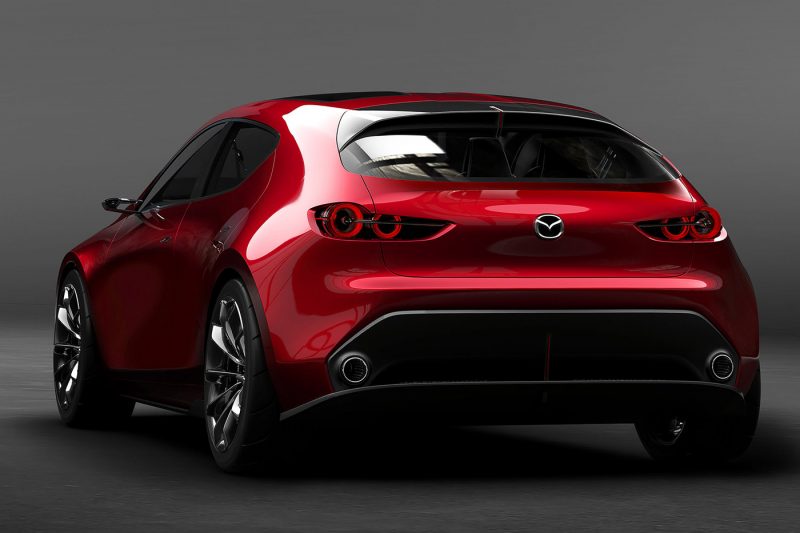Mazda’s new SKYACTIV-X engine, which combusts through compression ignition, shows potential of reduced emissions even compared to an electric vehicle when measured well-to-wheel. The company believes there is still potential from maximising the efficiency of the internal combustion engines to improve on real-world emissions.
In measuring CO2 emissions over the life cycle of a vehicle, Mazda is ditching the ‘Tank-to-Wheel’ evaluations (which consider only emissions whilst driving), for a ‘Well-to-Wheel’ method which also considers fuel extraction, manufacturing and shipping. At the moment, a SKYACTIV-G engine produces less CO2, ’Well-to-Wheel’, than EVs whose electricity is generated by coal or petroleum.

A mid-sized electric car consumes about 20 kilowatt-hours of electricity per 100km. Production of this power with coal translates into CO2 emissions of 200g/km; with petroleum, 156g/km; and with LNG (liquefied petroleum gas) 100g/km.
When converted to a ‘Well-to-Wheel’ figure, the average CO2 emissions of an EV are some 128g/km, depending on the power generation source while Mazda’s SKYACTIV-G petrol engine of comparable power is 142g/km. This means that with as little as a 10% improvement in efficiency, SKYACTIV-G engine emissions will be on a par with those of electric vehicles. Mazda’s new SKYACTIV-X engine is the world’s first commercial petrol engine to use compression ignition, in which the air-fuel mixture ignites spontaneously when compressed by the piston.
Mazda’s new SKYACTIV-X engine is the world’s first commercial petrol engine to use compression ignition, in which the air-fuel mixture ignites spontaneously when compressed by the piston.
Combined with a supercharger to boost intake pressure, compression ignition can deliver improved engine response and an increase in torque of 10-30% over the current SKYACTIV-G petrol engines whilst improving engine efficiency by up to 20-30%. The SKYACTIV-X even equals or exceeds the latest SKYACTIV-D diesel engines in fuel efficiency.





